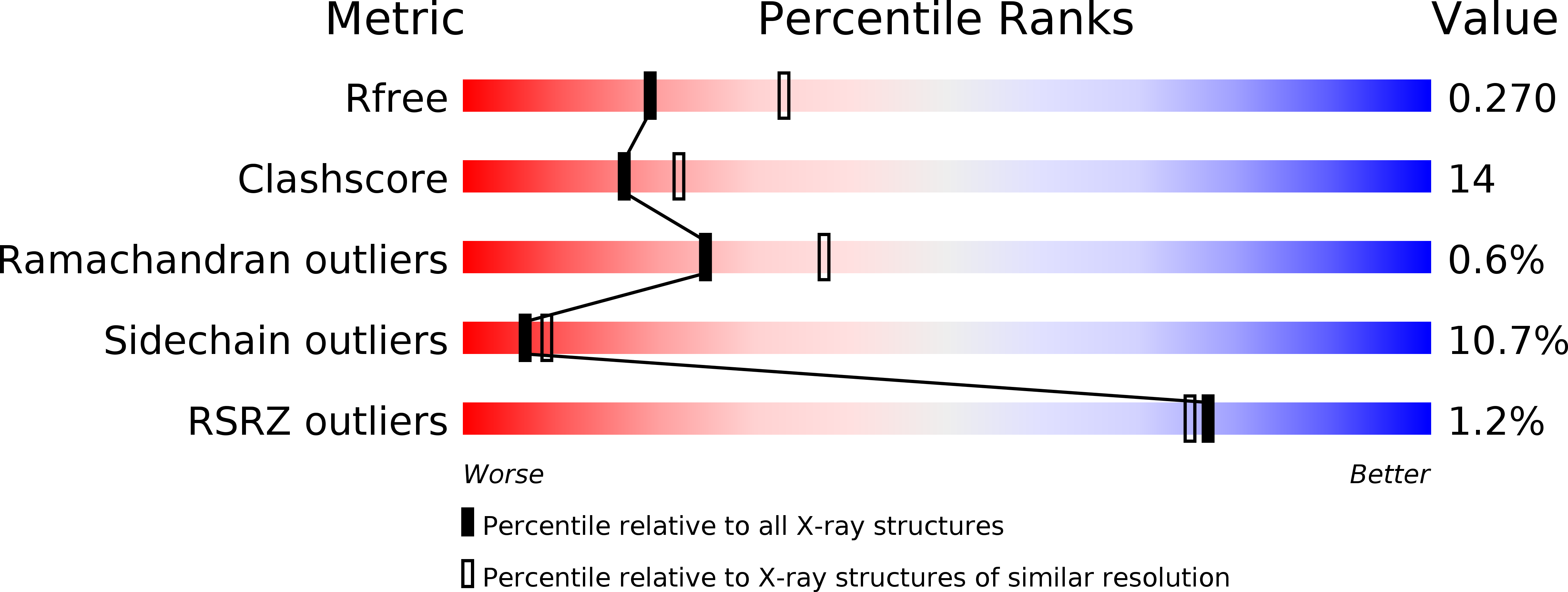
Deposition Date
2010-02-02
Release Date
2010-05-05
Last Version Date
2024-02-21
Entry Detail
PDB ID:
3LNR
Keywords:
Title:
Crystal structure of poly-HAMP domains from the P. aeruginosa soluble receptor Aer2
Biological Source:
Source Organism:
Pseudomonas aeruginosa (Taxon ID: 208964)
Host Organism:
Method Details:
Experimental Method:
Resolution:
2.64 Å
R-Value Free:
0.27
R-Value Work:
0.23
Space Group:
P 43 21 2


